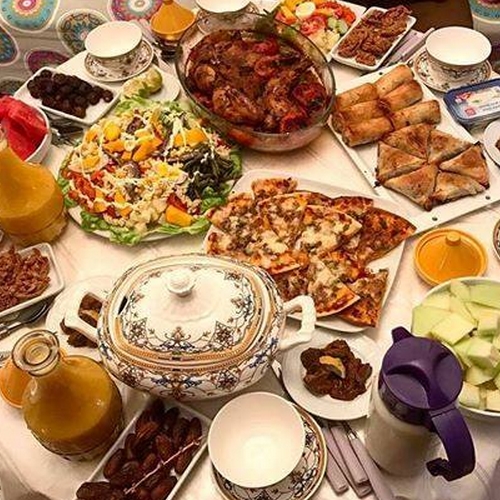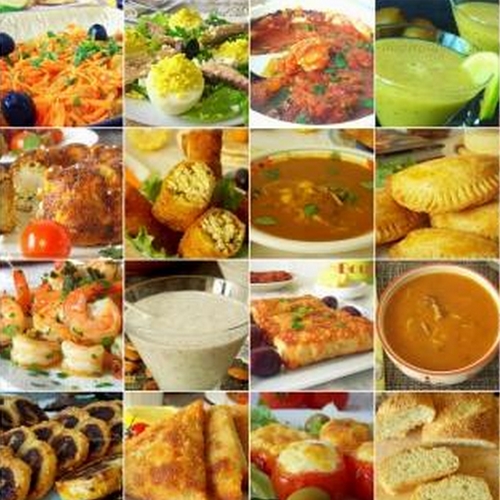Ramadan is the ninth month of the Muslim lunar calendar, a holy month that is characterized as a month dedicated to prayer, introspection and daily fasting that symbolizes the mortification of the body and a closer bond with Allah. Fasting is not the only important thing during Ramadan , as it is accompanied by personal discipline, helping others, having good thoughts, etc., in short being a good Muslim and a good person. Its duration is that of a full lunar month and its start date changes every year, advancing 11 days from the previous year, as it begins with the appearance of the moon of the eighth month of the Muslim calendar.
On the last day of Ramadan, called Aid el Fitr, the feast of the end of the fast is celebrated and a handout is given to a person in need in thanks to Allah for having done the fast successfully. Fasting takes place from dawn to sunset and of course there are people who are exempt from fulfilling it as sick, children, weak elderly, travelers, pregnant women, during the puerperium and breastfeeding if the child may be at risk.







